Description
HERB SORREL -PICTORIAL PACKET
HERB SORREL -PICTORIAL PACKET very popular perennial French Herb used with fish, soups and sauces, also picked young for a tart citrus flavour to a mixed salad. Remove flowers from top to keep plant leaves tender. Sorrel leaves are best harvested regularly whilst small as bitterness increases with larger, older leaves. 40-80cm.
Cultivation advice
- Sorrel thrives in cool weather. Choose a location with partial shade in hotter regions and full sun in cooler climates.
- Start sorrel seeds indoors 6-8 weeks before the last expected frost or sow seeds directly in the garden in early spring.
- Sorrel prefers well-draining soil with a pH between 6.0 and 7.0. Ensure the soil is loose and rich in organic matter.
- Amend the soil with compost or aged manure to enhance fertility before planting.
- Plant sorrel seeds about 1/4 inch deep in rows or clusters, spacing them 12-18 inches apart. Ensure good seed-to-soil contact.
- Water the soil after planting to settle the seeds.
- Keep the soil consistently moist during germination. Once established, water sorrel moderately, ensuring the soil doesn’t dry out completely between waterings.
- Sorrel doesn’t typically require heavy feeding. However, a balanced fertilizer or compost application in early spring can support growth.
- Sorrel can spread quickly. Prune or harvest leaves regularly to control its growth and prevent it from becoming invasive.
- Mulch around the plants to retain soil moisture and prevent weed growth.
- Start harvesting sorrel leaves when the plant is about 6-8 inches tall. Pick the outer leaves regularly, allowing the inner leaves to continue growing.
- Avoid harvesting more than a third of the plant at a time to encourage continual growth.
- Sorrel is relatively resistant to pests and diseases. However, monitor for pests like aphids or snails and treat them promptly if observed.
- Adequate air circulation can help prevent fungal issues.
- Plant sorrel alongside other herbs or vegetables like chives, mint, or tomatoes. Companion planting can deter pests and improve growth.
- Sorrel leaves add a tangy flavor to salads, soups, sauces, and omelets. Use them fresh in various dishes to enhance their taste
- Sorrel generally prefers partial shade in regions with warmer climates to prevent the leaves from becoming overly bitter. In cooler climates, it can tolerate full sun.
- Adjust the location based on your local climate conditions to provide the optimal light exposure for your sorrel plants.
- Apply a layer of mulch around sorrel plants to retain moisture in the soil and regulate its temperature. Organic mulch, like straw or shredded leaves, works well.
- Regularly check the soil moisture level, especially during dry periods, and water as needed to keep the soil consistently moist but not waterlogged.
- Sorrel can be propagated by dividing mature plants. Lift the plant carefully, separate the clumps, and replant them in prepared soil.
- This method can rejuvenate older plants and create new growth for propagation.
- In regions with mild winters, sorrel is often perennial. Mulch around the base of the plants in late fall to protect the roots during winter.
- In colder climates, consider bringing potted sorrel indoors or covering outdoor plants with row covers or cloths to protect them from frost.
- To preserve sorrel leaves for later use, dry them thoroughly by air-drying or using a dehydrator. Store the dried leaves in an airtight container in a cool, dark place.
- Another method is to freeze sorrel leaves by blanching them briefly, cooling, and then freezing them in portions for future use.
- Regularly inspect sorrel plants for signs of pests like aphids or leaf miners. Employ organic pest control methods, like neem oil or insecticidal soap, if an infestation occurs.
- Introducing beneficial insects, like ladybugs or lacewings, can help manage pest populations.
- Sorrel leaves have a lemony, tangy flavor due to their oxalic acid content. Experiment with different culinary uses, like adding them to sandwiches or using them as a garnish.
- If space is limited or if you prefer container gardening, grow sorrel in pots. Use a well-draining potting mix, and ensure the container has adequate drainage holes.


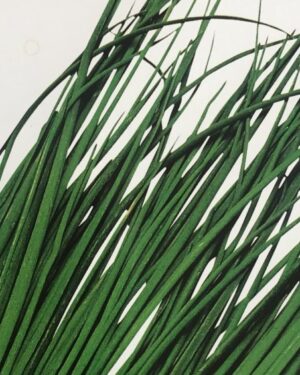
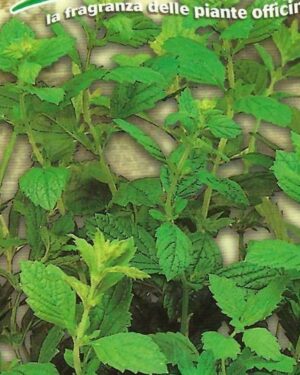
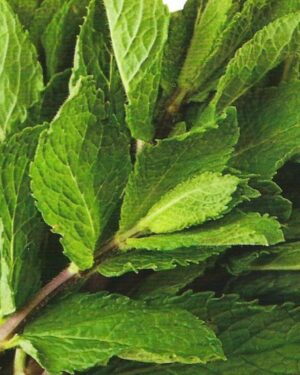
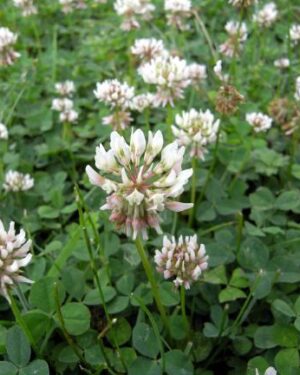
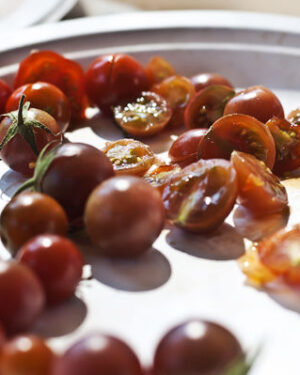
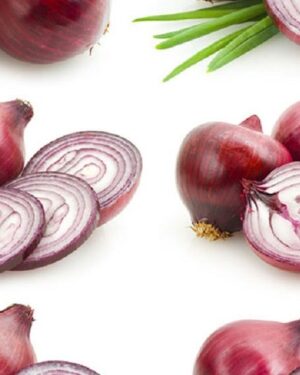

Reviews
There are no reviews yet.